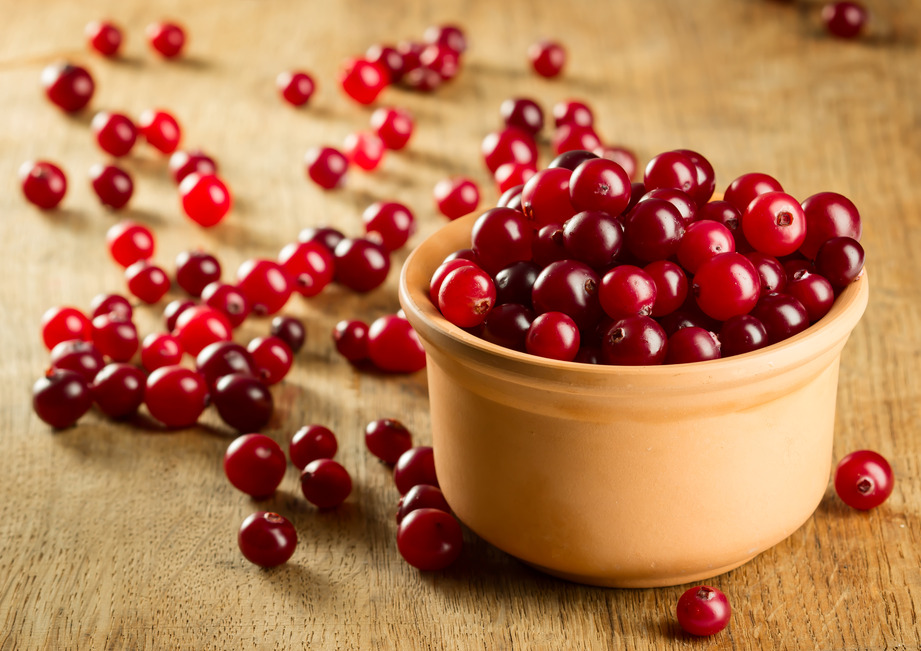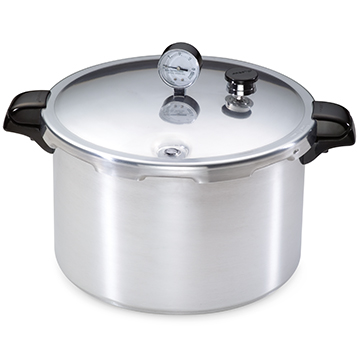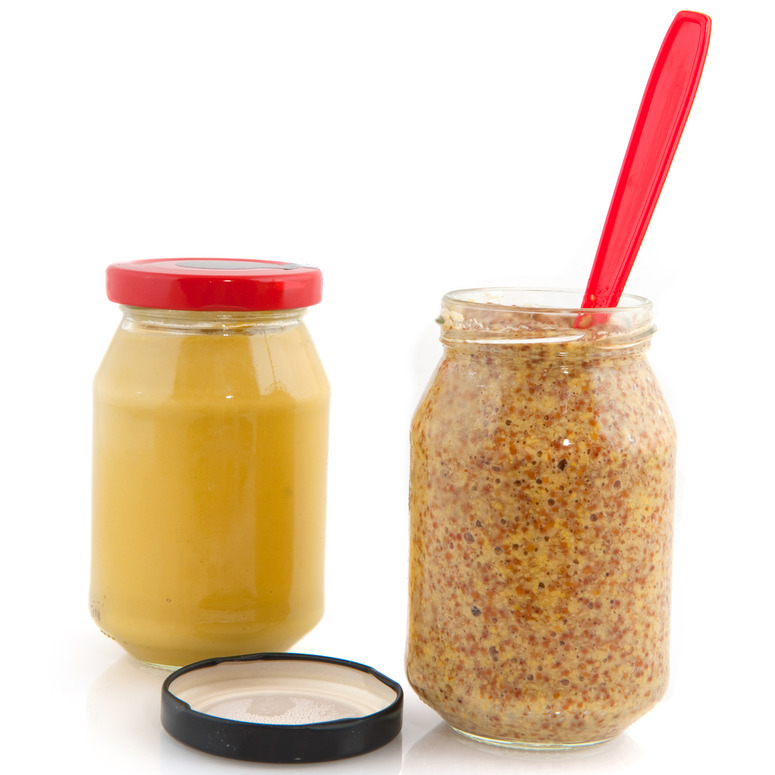Podcast: Play in new window | Download (Duration: 50:18 — 70.6MB)
Subscribe: Apple Podcasts | RSS
Today I am joined by Kevin West to discuss his new book, “Saving the Season”. This is a great interview about a book that I highly recommend. Later in the show I also give tips on shipping canned goods this holiday season. Lastly, I unfortunately have to give a thumbs-down product review on the recently introduced Ball FreshTECH Automatic Home Canning System.
Interview with Kevin West, author of “Saving the Season”.
“Saving the Season, A Cook’s Guide to Home Canning Pickling and Preserving”, is a recently published book. Anchored in safety and good science, its author Kevin West shares 220 different recipes and related stories to take your home canning and preserving efforts to a higher level.
In my assessment, “Saving the Season” uses a well-written combination of history, beautiful pictures, stories, connections, tips, technique and know-how to help you master the art of home canning and preserving.
(affiliate link)
I highly recommend this book to my listeners as a great addition to any serious cook’s library. “Saving the Season” is a nice resource to have in my canning library. As a veteran canner, this is a gift I would personally love to have (if Kevin’s publisher had not already given me a copy). Beginners will get a lot from it as well, especially because it does such a good job of explaining the why’s as well as the how-to’s.
Shipping Your Home Canned Goods
Experience tells me shipping your home canned goods can be really expensive. However, there are ways to do it safely while saving a good amount of money in the process. Here’s a quick summary of what I learned –
- Shipping home canned goods can be really expensive if you’re not careful.
- I took some jars of my home canned goodies to my local UPS store to get a sense of what it would cost to ship them. My conclusion is UPS is the least desirable option for shipping home canned goods as they charge based on weight and distance. As those jars of peaches contain a lot of water and heavy glass, you’re already at a disadvantage.
- The United States Postal Service has that great box where they charge the same amount of money to ship it whether it’s filled with lead or feathers.
- I just recently saw that FedEx is doing the same thing. They have a cool commercial showing Santa Claus filling a box with coal. The concept is the same as the USPS – you pay one flat rate price for the size of box, regardless of contents.
Tips for Shipping Home Canned Goods –
- Make sure to put the rings on any jars you ship.
- Put each jar in a Ziploc bag. That way, if the seal breaks or it otherwise leaks, you can at least hope to contain the mess and not ruin the box.
- Use lots of bubble wrap, packing peanuts, towels, newspaper, and/or whatever else it takes to totally protect your jars inside the box.
- Nothing should move about when you try shaking a properly packed box.
Product Review: Ball FreshTECH Automatic Home Canning System
Those who listen to my podcast know I am generally am a big supporter of Ball. You know I love the Ball Blue Book of Preserving and use their jars all the time. Unfortunately, I have a give a big thumbs down on the new Ball FreshTECH Automatic Home Canning System they recently introduced.
In my opinion, the Ball FreshTech Aotumatic Home Canning System is simply too expensive for what you get. As such, it is not something I’m going to recommend you purchase or give as a gift anytime soon.
Note: Ball’s representatives did not contact me or provide me with anything related to this device. As such, I am relying entirely on what I found online.
(affiliate link)
What It Is / How Ball’s Automatic Home Canner Works –
- Instead of putting your jars in a normal boiling water bath, you put your filled jars into a few inches of water in this bucket-like device. When ready, you close the lid on the device, press a button, it creates a bit of steam and mild pressure to safely process your high acid canned goods.
- The advantage appears to be that you don’t need to tend to boiling pots of water or guess at processing times. You follow the recipes they give you, put the jars into the canner, close the lid, press one of the pre-programmed buttons, and you’re done. The device takes care of the rest.
Here’s Where the Ball FreshTECH Automatic Home Canning System Falls Short –
- At $300 (technically, it’s listed for $299.95, as if we’re supposed to think it’s not $300) this is one mighty expensive piece of canning equipment.
- You still have to do all the prep, cooking, filling of the jars, putting on the lids, etc. This device does one thing: It saves you having to put your jars into a boiling water bath.
- It appears this device is not suited for the pressure processing needed for low acid foods. Considering this is one of the areas giving home canners the greatest fear/trepidation, I’m surprised Ball chose to not go all the way by giving consumers an easy solution to solve that challenge. I have to imagine myself and many other home canners might have gotten behind that type of automatic canner, for sure.
- The capacity is limited. Apparently, it can only hold 3 quart jars, 4 pint jars, or 6 regular-size mouth 8 ounce jars. You supposedly also can’t stack the jars.
Bottom line: While the Ball FreshTECH Automatic Home Canning System appears to be a a visually attractive device, it’s functionality and costs make it neither sufficiently practical nor cost effective to receive my endorsement.
What I Recommend Instead: Ball Home Canning Discovery Kit.
(affiliate link)
At about $10-12, you can’t beat the Ball Home Canning Discovery Kit as a great way to get started in home canning. Having said that, veterans will also appreciate using this device for quickly putting up some small batch home canning. I have and love this device!
Before you go ...
If you haven’t done it already please take a moment to give me a rating on iTunes (hopefully positive if you think I’ve earned it!).
Thanks for listening and all your wonderful support!





About The Author: John Gavin
More posts by John Gavin